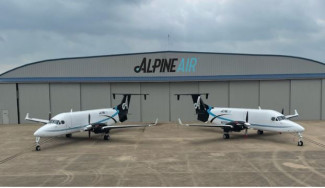How Should Commercial Airline Pilots Deal with the Sun?
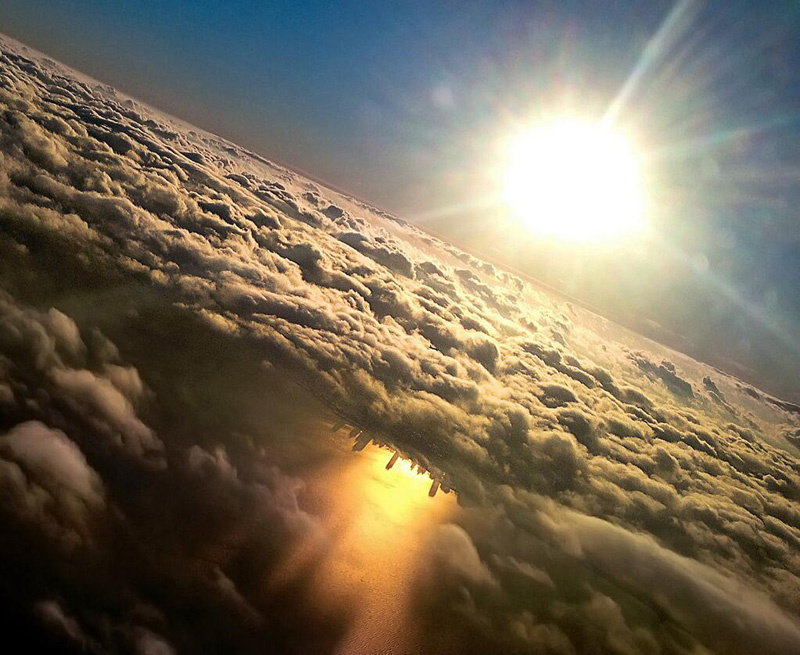
Open windows and an amazing view of the sky above. In many ways, commercial airline pilots have the perfect view from their working “office.”
On the other hand, we know that UV rays can be harmful to the skin, and direct sunlight can be damaging to the eyes. Bright sunlight and glare can even hurt the ability for pilots to see.
So how should commercial airline pilots take care of their skin and their vision when exposed to so much sun? We take a look.
Protective Eyewear
A pilot’s vision is essential. Fortunately, aviation sunglasses are stylish and effective at protecting the eyes from the sun. Here are some reasons to wear them while in the cockpit:
-
Reduce harshness of sun rays
-
Lessen eye fatigue
-
Protect eye tissue from solar radiation
-
Aid the process of transitioning into comparably darker environments, such as airports
Sunglasses are such a good idea that the Federal Aviation Administration, or FAA, has eveen issued guidelines on what to look for when grabbing your new pair. In general, pilots should confirm the eyewear they want to by meets the standards listed below.
-
100% protection from ultraviolet rays
-
Made of polycarbonate, plastic, or glass
-
Tint should not exceed a neutral gray shading level
-
Non-polarized
-
Compatible with other headgear worn while flying
-
Non-photochromic
Top Shelf Sunscreen
The skin is the largest human organ, but people often neglect safety when it comes to the epidermis. Exposure to UV rays damages the skin and can cause irreparable damage. Over time, these unshielded experiences can eventually lead to skin cancer.
According to Matt Gass, British Association of Dermatologists Spokesperson, “Studies have shown that, for pilots, wearing sunscreen is very important, and even short flights can damage the skin.”
Taking this into consideration, pilots are encouraged to wear sunscreen of at least 30 SPF and as much UVA protection as possible. While a hassle, pilots should reapply the sunscreen every couple hours.
Shades
Shades can also be applied to windows to block exposure to the sun as well. There are a variety of shades that pilots can apply themselves to act as a physical barrier to the light.
Other solutions are being explored as well. For example, Jet Shades, a manufacturer of removable tinted window panels, has announced a new product specifically for cockpits. This device, likely to be utilized on Boeing 737s, offers protection from UV rays, glare, heat and other light related issues.
Practical Tips
Now that we have covered a few health-related solutions, let’s discuss some more direct tips on dealing with sunlight while flying. When the sun is on the horizon during takeoff or landing, it can be difficult to see the runway. During these situations, it is highly recommended to stay in the center of the runway and use the edges for location references. Then, pending on the situation, utilize the following techniques.
-
Takeoff: rely on instrument panels to stay on course as to avoid looking directly into the sun or the general direction
-
Landing: be sure to check runway width to ensure the timing of leveling is on point
-
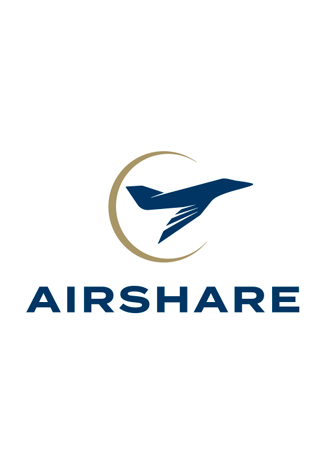
Airshare 07/22/2024
-
Alpine Air 07/18/2024
-
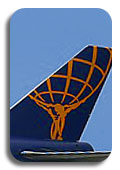
Atlas Air 07/17/2024
-
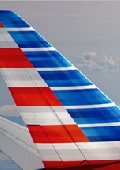
Piedmont Airlines 07/10/2024
-
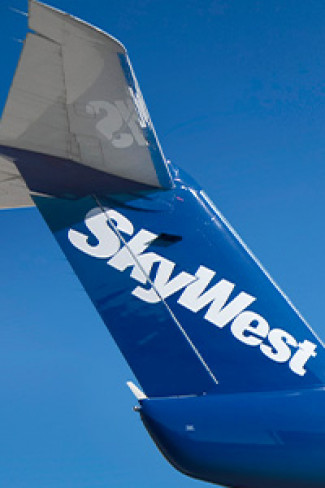
SkyWest 07/09/2024
 AIRLINE PILOT CENTRAL
AIRLINE PILOT CENTRAL